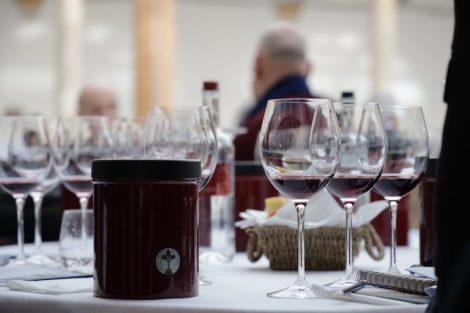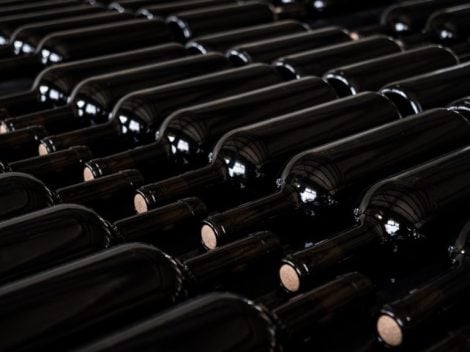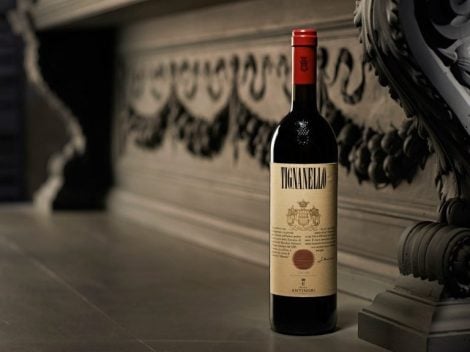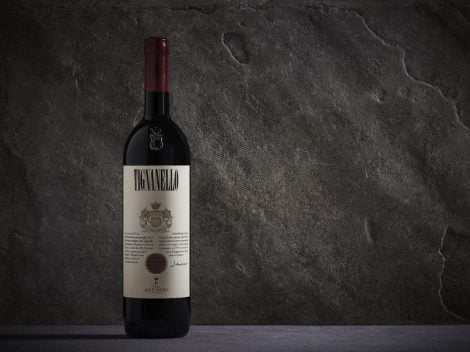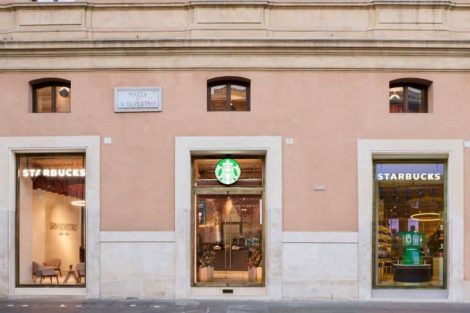IWSR results
Alcohol consumption falls in 2016: -1.3% according to IWSR, the British Market Analysis Institute, with a 1.3% overall drop, compared to an average 0.3% drop in the five preceding years. The accelerated decrease can be explained by reductions in beer, cider and mixed drink consumption. Wine, however, is stable. In detail, cider showed a -1.5% change in 2016 after some years of solid growth. According to IWSR, this backsliding is attributable to South Africa and the United States, where a change of -15.2% followed years of double-digit growth. For beer, the market lost 1.8% in 2016, compared to an average decrease in the preceding five years of 6%. The countries that defied the trend were China, Brazil and Russia respectively, with-4.2%, -5.3% and -7.8% decreases, much more than the slide in the earlier five years.
The spirits sector
The spirits sector, instead, showed an increase of 3%, conditioned by a notable fall in vodka (-4.3% in one year), which lost more than 9.3% in its most important market, Russia. On the positive side, growth was seen in gin consumption (+3.7%), tequila (+5.2%) and whisky (+1.7%). The United States, China and Mexico are the three countries in which consumption grew the most.
Wine consumption in 2016
And how was 2016 for wine, according to ISWR? A -0.1% change shows general stability, thanks to the sparkling sector which in 2016 increased consumption by 1.8% while still wines lost0.5%. But although 2016 was particularly difficult, the IWSR predictions for 2021 are much rosier and show more plus signs, with global consumption of alcoholic beverages estimated to grow 0.8%. The elements that contribute to this expansion phase are as follows: whisky consumption is predicted to grow 650 million liters within 2021; mixed drinks will increase more than 400 million liters in 5 years; bubbly wines will sell 200 million liters more, and beer consumption will also grow, above all in Asia and in the sub-Sahara zones of Africa.

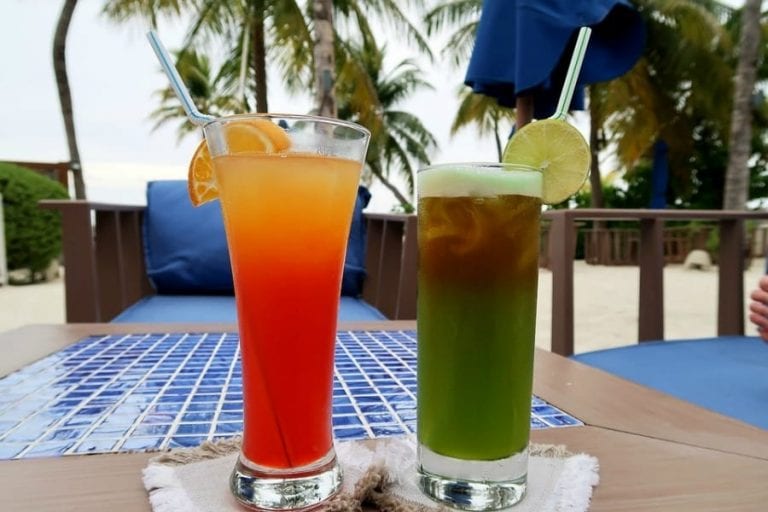

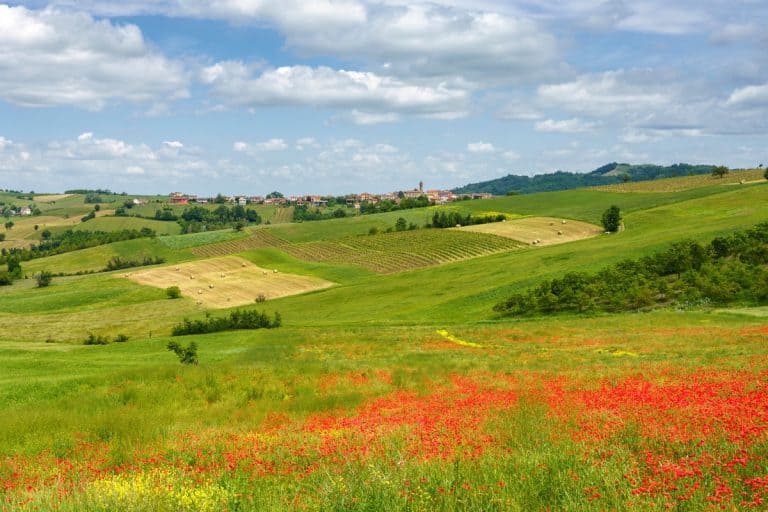 Timorasso: the red wine dressed as white from the Colli Tortonesi. Here are the 16 best labels
Timorasso: the red wine dressed as white from the Colli Tortonesi. Here are the 16 best labels It’s official: China joins the International Organisation of Vine and Wine
It’s official: China joins the International Organisation of Vine and Wine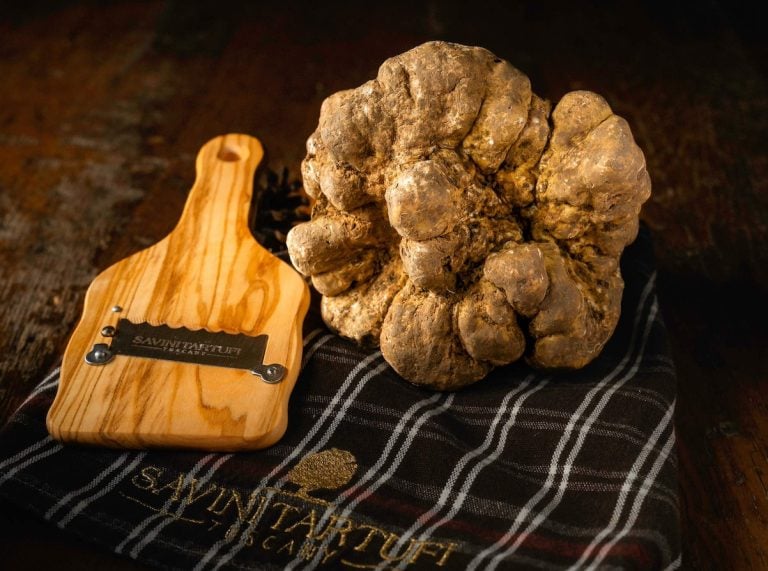 How and where to buy white truffle from Alba at a fair price: tips from an expert
How and where to buy white truffle from Alba at a fair price: tips from an expert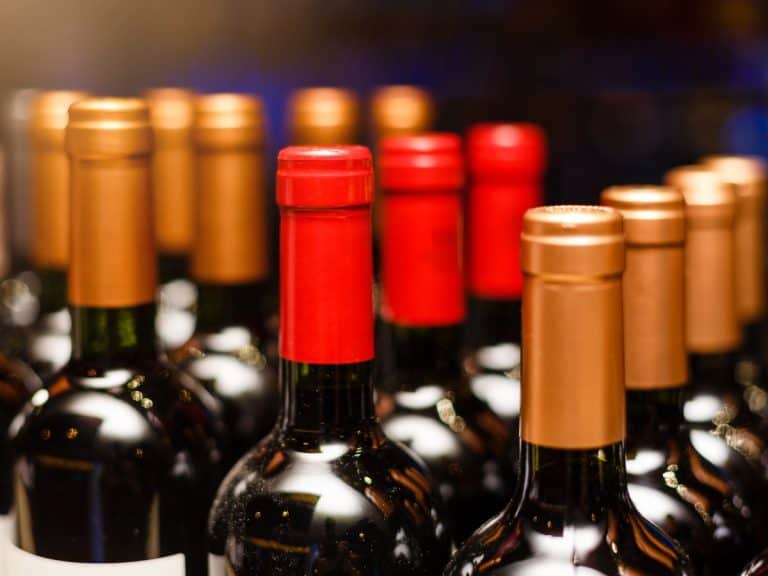 The Italian wines with the best value for money: here are the National awards from Berebene 2025 guide
The Italian wines with the best value for money: here are the National awards from Berebene 2025 guide Where to eat in Venosa, the home of Aglianico del Vulture
Where to eat in Venosa, the home of Aglianico del Vulture